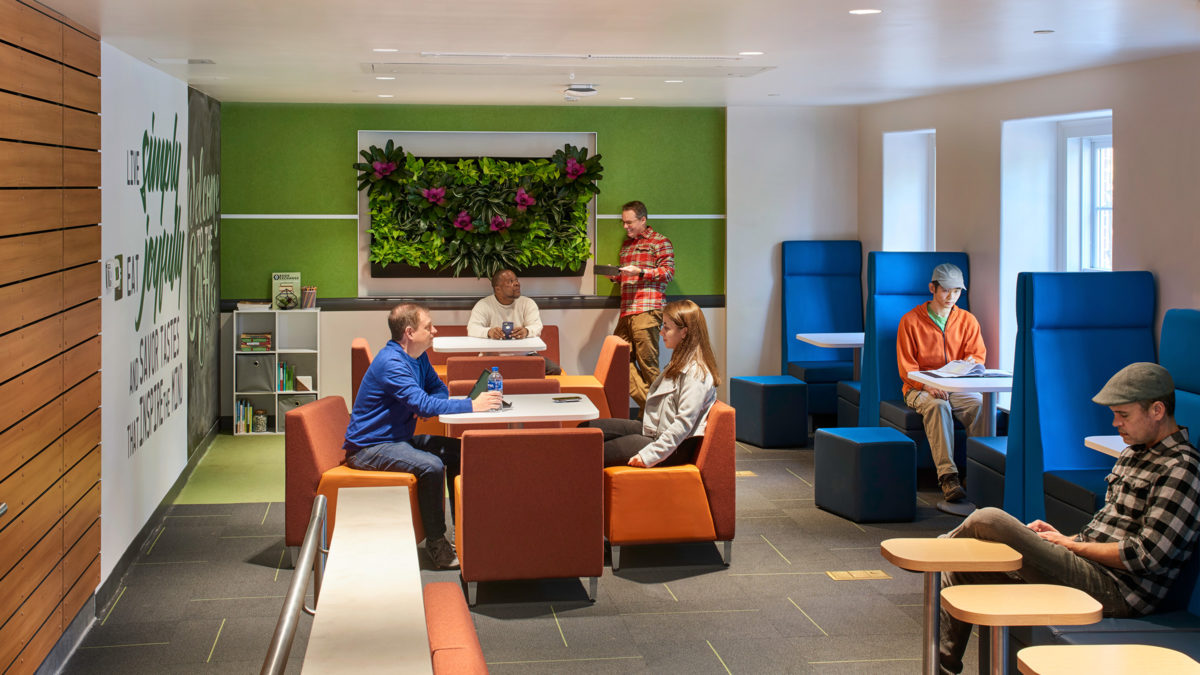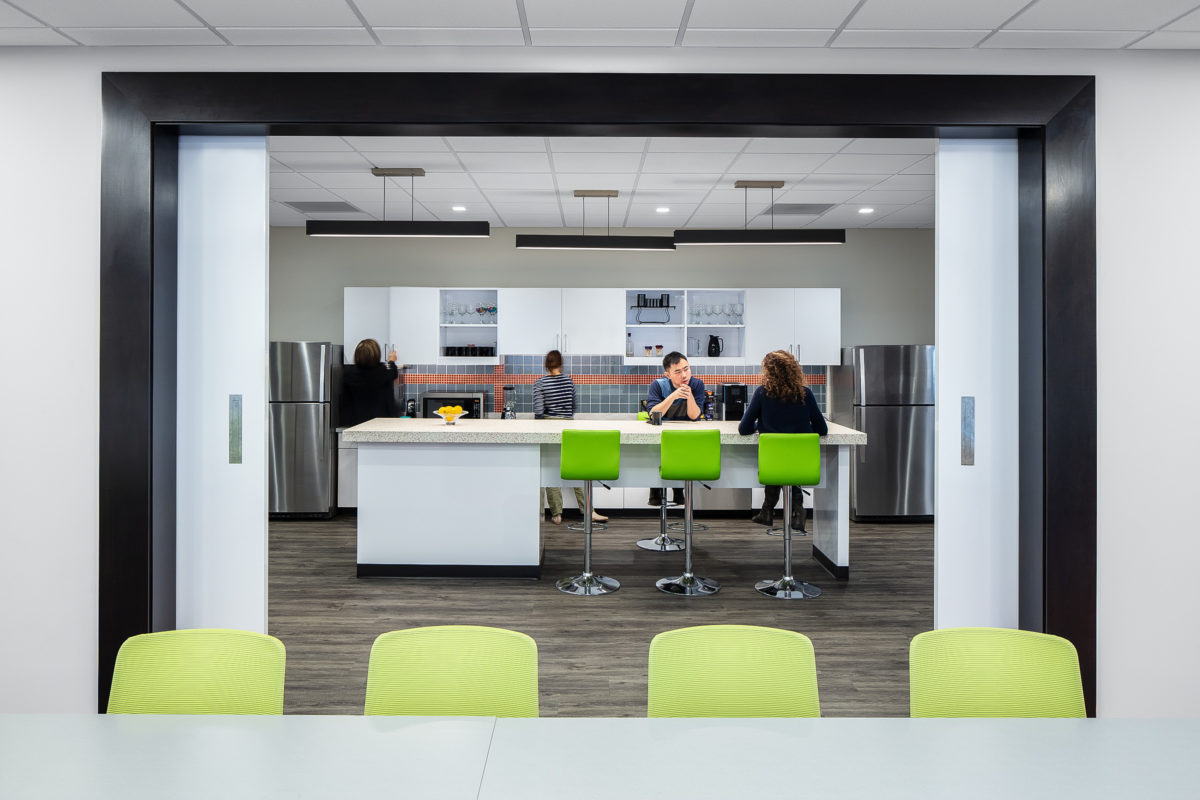Employee Well-Being and the Impact of Workplace Design

By making strategic design investments that focus on the health and welfare of their people, employers can expect a happier, higher performing workforce, and ultimately a more successful company culture. This marks a critical shift in the design paradigm.
w
When designing for a workplace, let’s face it -- there is no “one size fits all” solution. Most organizations are diverse, which brings together a medley of different work styles, personalities, and needs. Quality workplace design with a focus on well-being has been shown to increase productivity, build morale, and decrease work-related stress, when approached tactfully. This means recognizing that creating such an environment is an investment, not a quick fix.
Some Like it Hot, Some Like it Cold
Companies spend millions of hours (and dollars) on understanding the needs of their customers, and by making a similar investment in the well-being, work conditions, and professional development of employees, they can be better positioned to achieve corporate goals. In order to create a curated office experience that both promotes and facilitates an overarching sense of well-being, a company must first know how their employees work. This may seem like a simple concept, but the reality is, it can be challenging to solve a multi-faceted equation with a single answer. For some, the solution might be functional clusters and open, collaborative workspaces, while for others, the answer is daylighting and plentiful windows. Regardless, the best workplace design is one that supports individual employees by allowing flexibility and accommodations for different personalities and preferences to flourish.
We spend time and energy thoughtfully outfitting the rooms in our homes for comfort, style, and happiness, so why should an office space be any different? In fact, people who are employed outside of the home actually spend about 33 percent of their waking hours at the workplace, so it’s no question that these spaces have a pivotal impact on both physical and mental health. It also means the specific types of workspaces available to employees play an equally large part in contentment and thus, performance.
Ideally, a well-rounded design should focus on elements such as flexible work areas, office “neighborhoods,” private spaces, ergonomic furniture, natural light, thermal comfort, and water and air quality – in essence, something for everyone.
Workplace design trends look different than they did even just a few years ago – with many companies abandoning the traditional layout and shifting towards a collaborative environment. While this is certainly a productive move in encouraging a “together” culture, again, it is still important to design diversely. Ensuring that private, closed spaces are still included in a workplace most effectively allows for a range of work styles to thrive.
A Return on Investment
In the past many green building standards, such as LEED, have focused solely on the built environment, its materiality, and energy consumption. As the tides shift and the lines between work and life become more blurred it’s even more vital for employers to prioritize the well-being of their people. New certification standards, such as the WELL Standard, are emerging and revolutionizing the way people think about buildings. WELL explores how design, operations, and behaviors within the places where we live, work, learn, and play can be optimized to advance human health and well-being. This includes requirements in air, water, nourishment, light, fitness, comfort, and the mind.
In practice, this could translate to design elements such as a fitness room or gym, purified drinking water stations, or access to fresh air or green space via a courtyard or outdoor sitting area. By identifying basic needs and mental health boosters and incorporating them into workplace design, an employer is investing in its people. These physical elements coupled with organizational practices and guidelines such as paid time off, flexible work schedules, and health and wellness benefits create a cyclical balance from within. When employees are happy and healthy, performance and comradery is shown to be stronger and in turn, a company will have higher success rates, a lower turnover, and an overall culture of satisfaction.

Powered by People
To create a space that truly encourages a culture of wellness for employees, it is critical to identify the organization’s project goals and needs through a process that emphasizes collaboration, consensus building, and innovation. Each organization’s corporate culture and values will play a central role in developing a design strategy that builds community amongst their employees. As a designer, I believe that involving and actively listening to the people we are designing for makes all the difference in the long run. Although we are the experts, after the job is done, it’s the people who will occupy the space and give it life. By using tools such as surveys, focus groups, and stakeholder interviews, a company can build a strategy and execute a workplace design that not only reflects its values, but more importantly, actively upholds them for its people to thrive and succeed.
Top photograph: Cameron Triggs; Lower photograph: Keith Isaacs.

Rachel Domencic, AIA, LEED AP, is a senior architect at Clark Nexsen. With more than 20 years of design and project management experience, she has a natural ability for tailoring her approach to create innovative and inspiring spaces. To speak with Rachel, please call 703.822.4846 or email rdomencic@clarknexsen.com.
